Description:
The Raspberry Pi 2 is here to provide you with the same Pi as before but now with double the ram and a much faster processor. The credit-card sized computer is capable of many of the things that your desktop PC does, like spreadsheets, word-processing and playing high-definition video and games.
The secret sauce that makes this computer so small and powerful is the Broadcom BCM2836, an ARMv7 Quad Core Processor System-on-Chip, running at 900MHz, and a Videocore 4 GPU. The GPU provides Open GL ES 2.0, hardware-accelerated OpenVG, and 1080p30 H.264 high-profile decode and is capable of 1Gpixel/s, 1.5Gtexel/s or 24 GFLOPs of general purpose compute. What’s that all mean? It means that if you plug the Raspberry Pi 2 into your HDTV, you could watch BluRay quality video, using H.264 at 40MBits/s.
The biggest change that has been enacted with the Raspberry Pi 2 is an upgrade to the main processor and an increase of ram from 512MB to 1GB. The RPi2 still utilizes a microSD card to hold your system volume meaning most Linux distributions for the Pi 2 will happily live on a 4GB microSD card but larger cards are supported.
The Raspberry Pi 2’s four built-in USB ports provide enough connectivity for a mouse, keyboard, or anything else that you feel the RPi needs, but if you want to add even more you can still use a USB hub. Keep in mind, it is recommended that you use a powered hub so as not to overtax the on-board voltage regulator. Powering the Raspberry Pi 2 is easy, just plug any USB power supply into the micro-USB port. There’s no power button so the Pi will begin to boot as soon as power is applied, to turn it off simply remove power. The four built-in USB ports can even output up to 1.2A enabling you to connect more power hungry USB devices (This does require a 2Amp micro USB Power Supply).
On top of all that, the low-level peripherals on the Pi make it great for hardware hacking. The 0.1″ spaced 40-pin GPIO header on the Pi gives you access to 27 GPIO, UART, I2C, SPI as well as 3.3 and 5V sources. Each pin on the GPIO header is identical to its predecessor the Model B+.
Compared to the Raspberry Pi 1 it has:
- A 900MHz quad-core ARM Cortex-A7 CPU
- 1GB RAM
Like the (Pi 1) Model B+, it also has:
- 100 Base Ethernet
- 4 USB ports
- 40 GPIO pins
- Full HDMI port
- Combined 3.5mm audio jack and composite video
- Camera interface (CSI)
- Display interface (DSI)
- Micro SD card slot
- VideoCore IV 3D graphics core
Additional Features:
- 700 MHz ARM11 processor
- 512 MB of RAM
- Ethernet port
- Four USB ports
- Full-size HDMI output
- Four-pole 3.5 mm jack with audio output and composite video output
- 40-pin GPIO header with 0.1″-spaced male pins that are compatible with our 2×20 stackable female headers and the female ends of our premium jumper wires.
- Camera interface (CSI)
- Display interface (DSI)
- Micro SD card slot
To use the Raspberry Pi, you will need a few additional things that are not included:What you will need
A 5 V power source with a micro USB connector. We recommend this 5 VDC 1 A wall power adapter and a USB A-to-Micro-B cable.
A microSD card with an operating system on it, which also serves as the main storage for the device. Input and output devices, such as a keyboard and monitor.






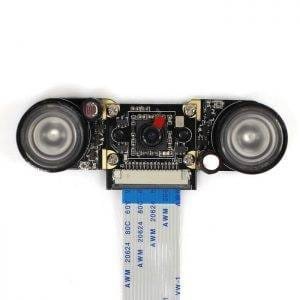
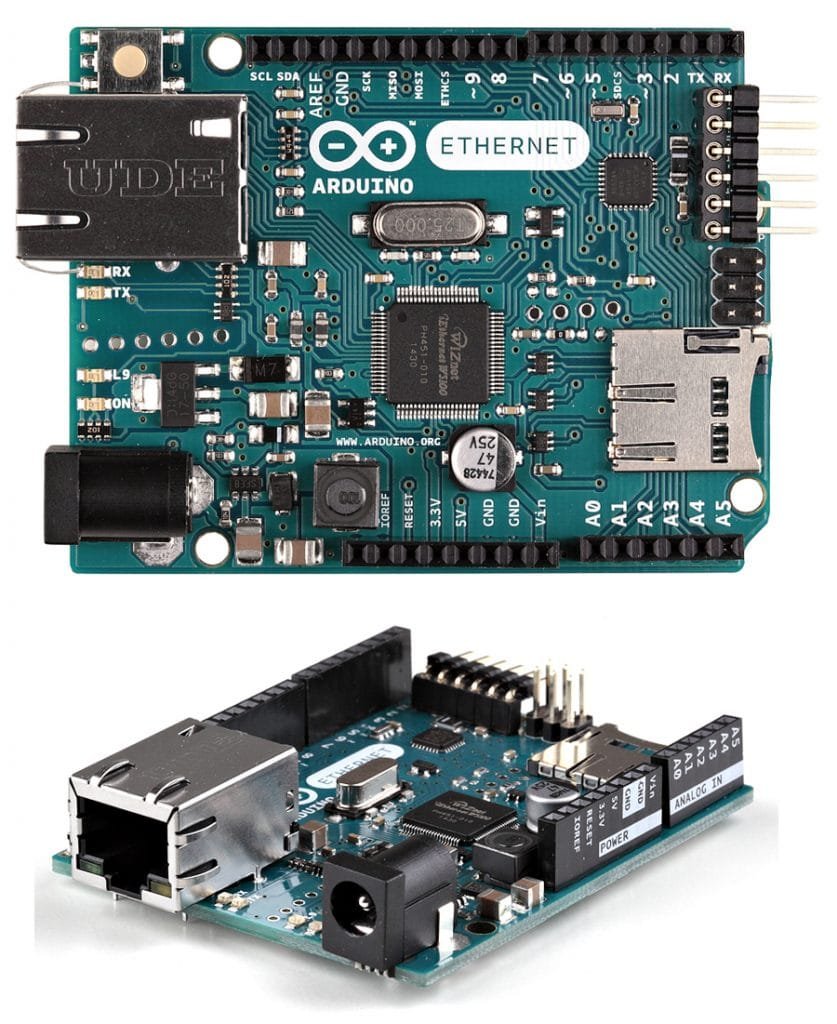
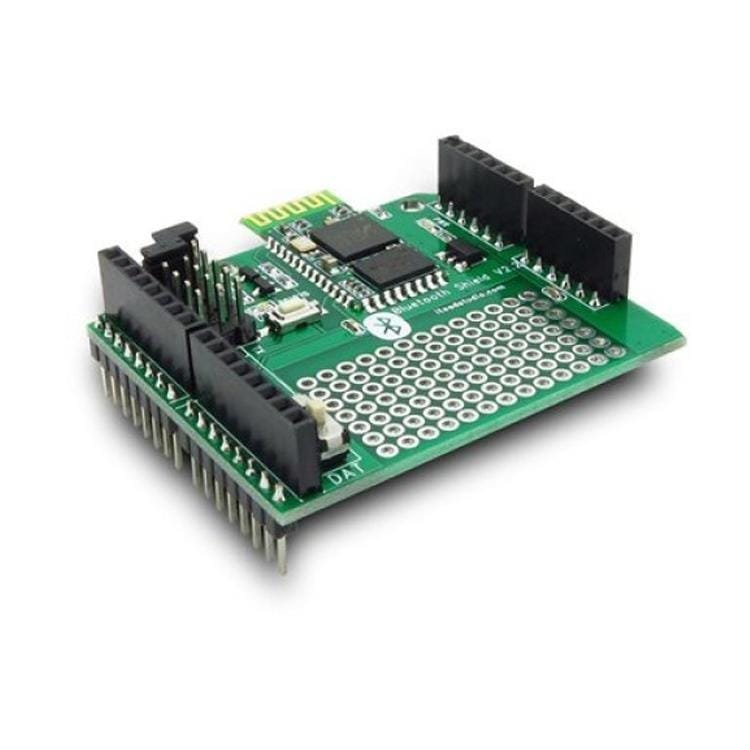
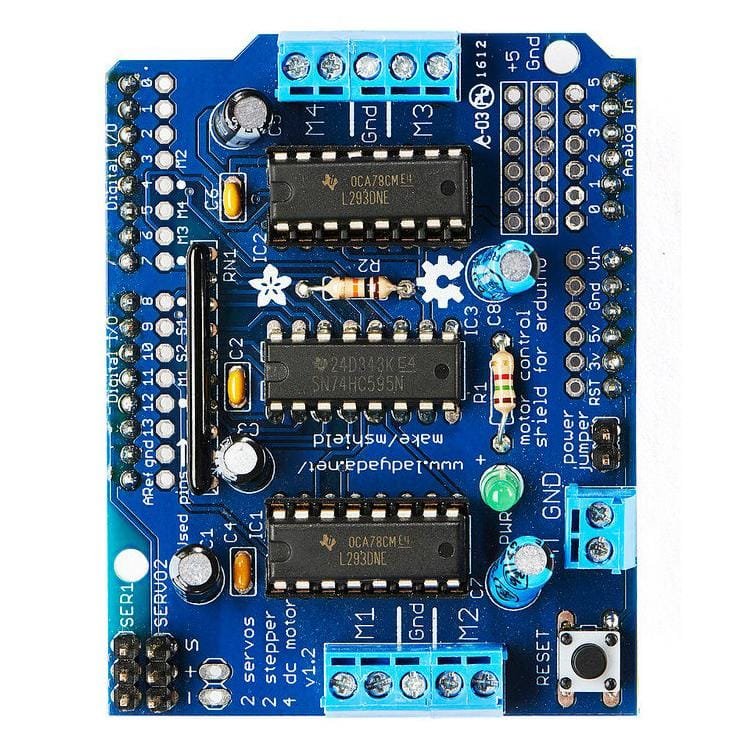
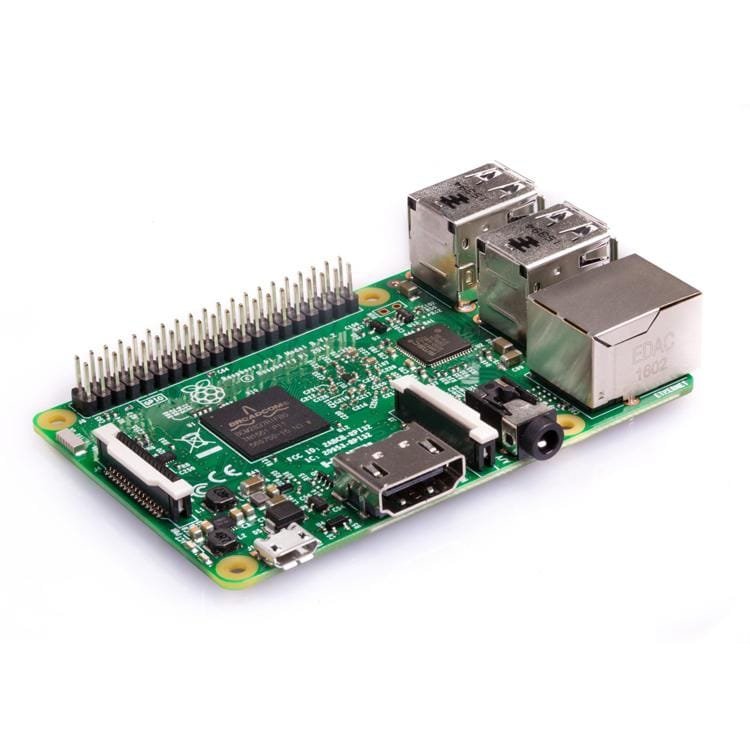

Reviews
Clear filtersThere are no reviews yet.